Hello all you marketers out there, my name is Ian from Marketing Strategy.com and you’re listening to another Marketing Strategy Talk. Recently I had the pleasure to interview Chris Walker of Refine Labs out of Boston. And Chris is setting the B2B Marketing world on fire right now. If you haven’t heard of him yet, I highly recommend you go check his content out on Linkedin.
And what makes Chris unique right now is the way he thinks about what many would consider traditional B2B marketing strategies. His takes are different, creative, clever but maybe most importantly, honest—and you’ll see what I mean in our conversation.
In this Marketing strategy Talk we’ll cover things like why most ebook-based marketing strategies will fail, why tradeshows are a waste of money, why marketers need to report on business metrics instead of MQLs, tips on how to grow an audience on LinkedIn, why brand is important “now more than ever” and so much more.
So strap in and get your pen and paper out, you won’t want to miss a single nugget in this one. Don’t forget to check us out on LinkedIn and Facebook, of course, visit us at marketingstrategy.com where you’ll find the most effective strategies for rapid growth for marketers, by marketers. So without further adieu let’s dive into the talk. Till next time.
Ian Luck
Founder
Marketing Strategy

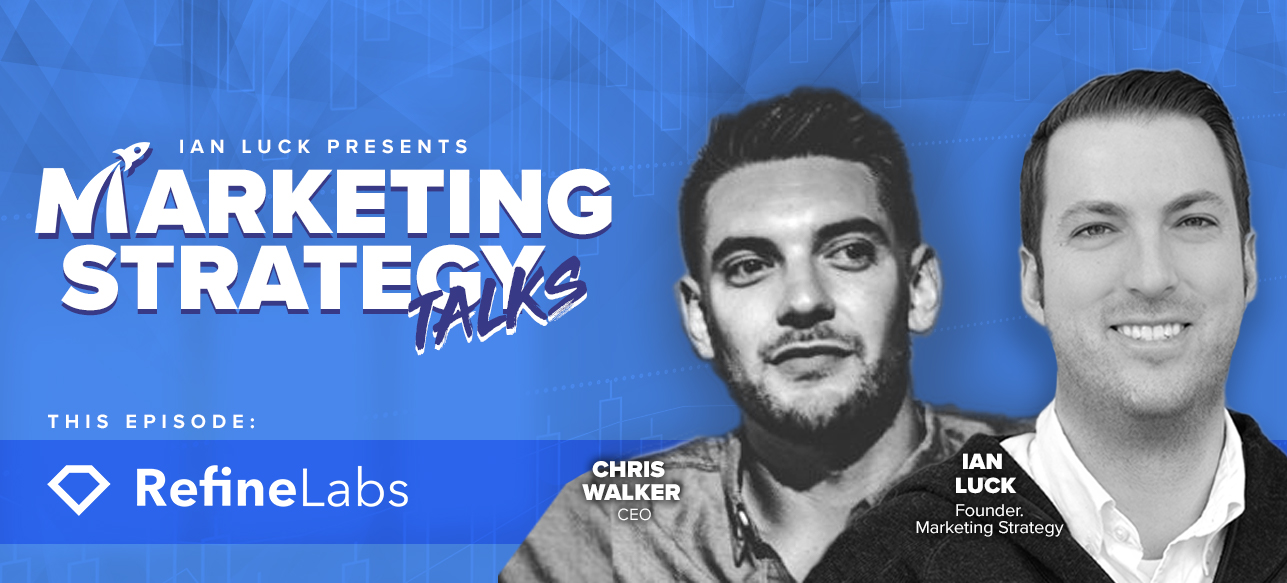
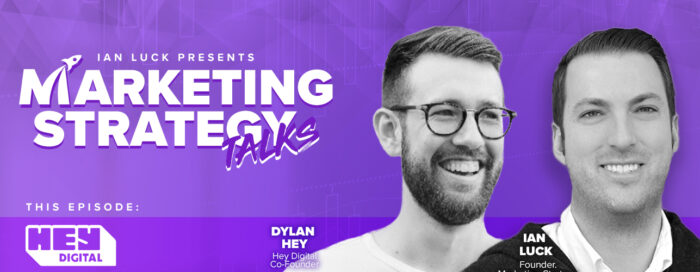
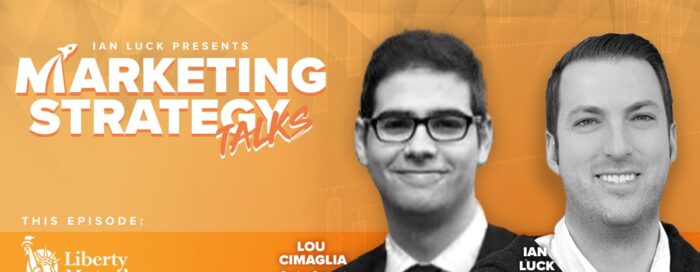
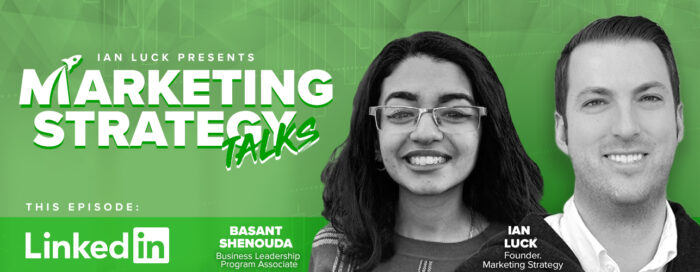
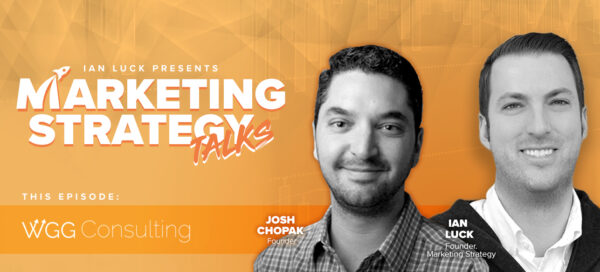
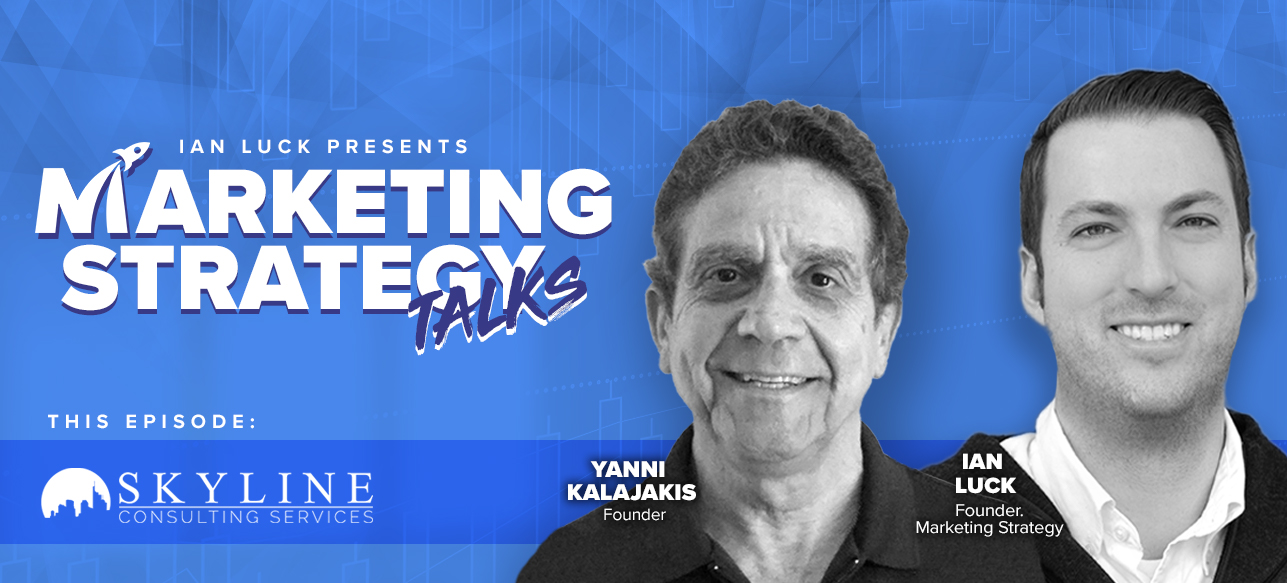
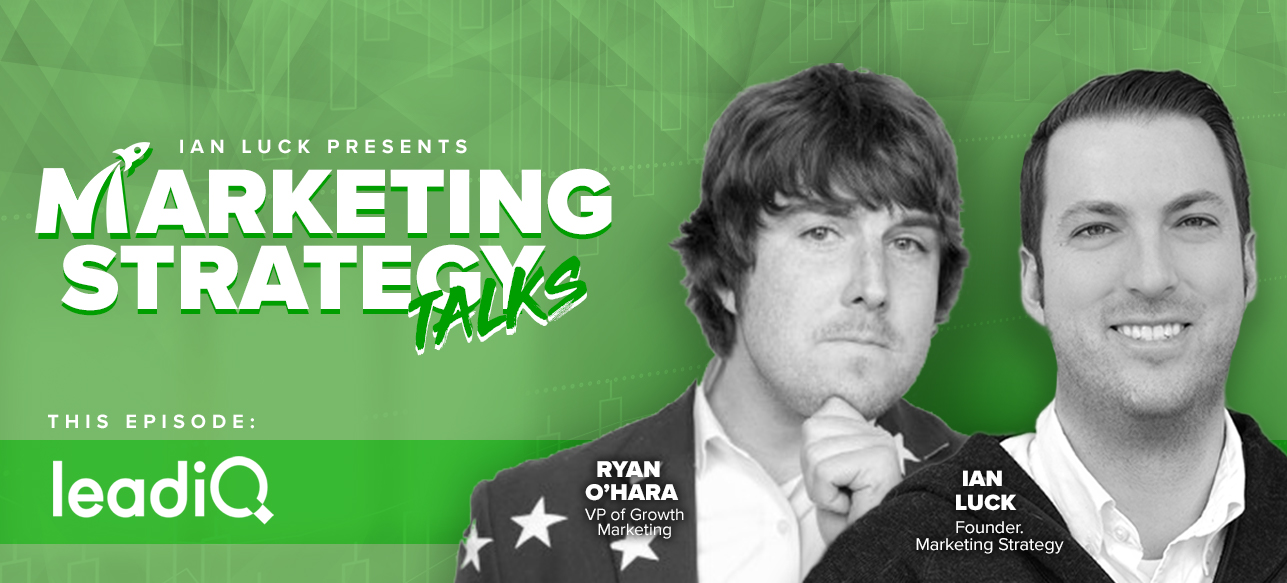
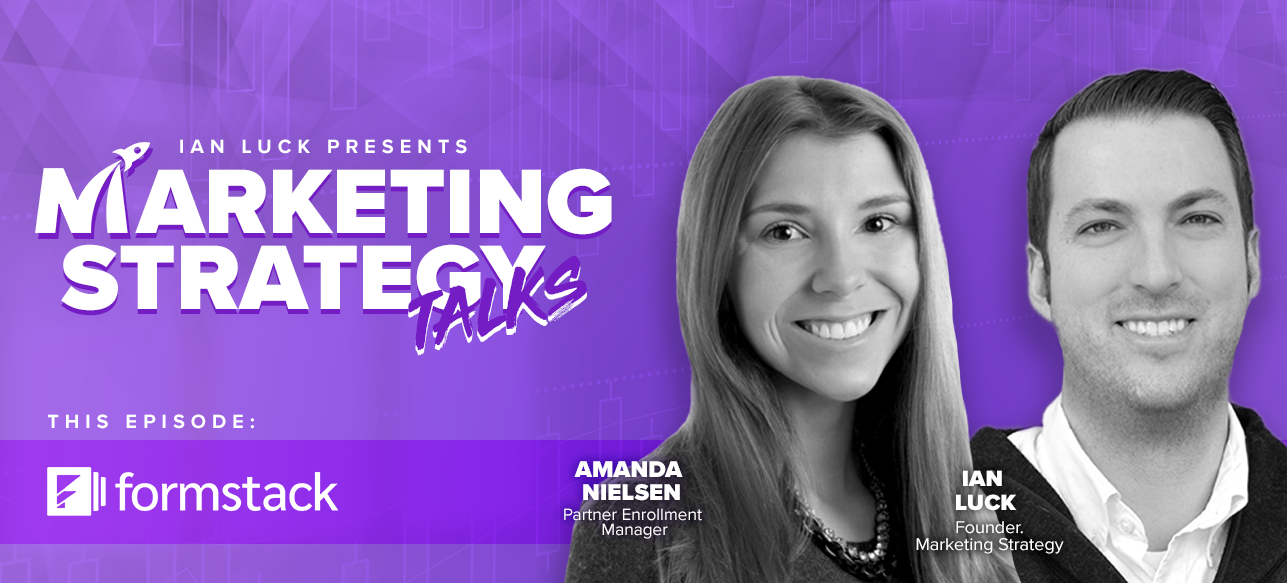
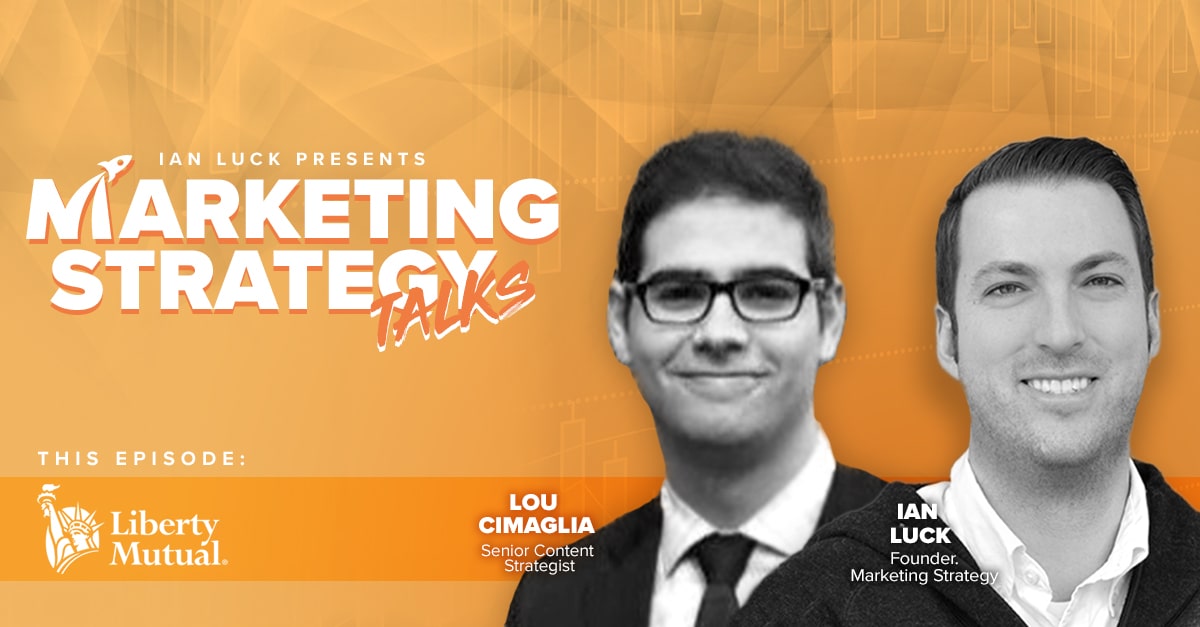







Leave a Reply